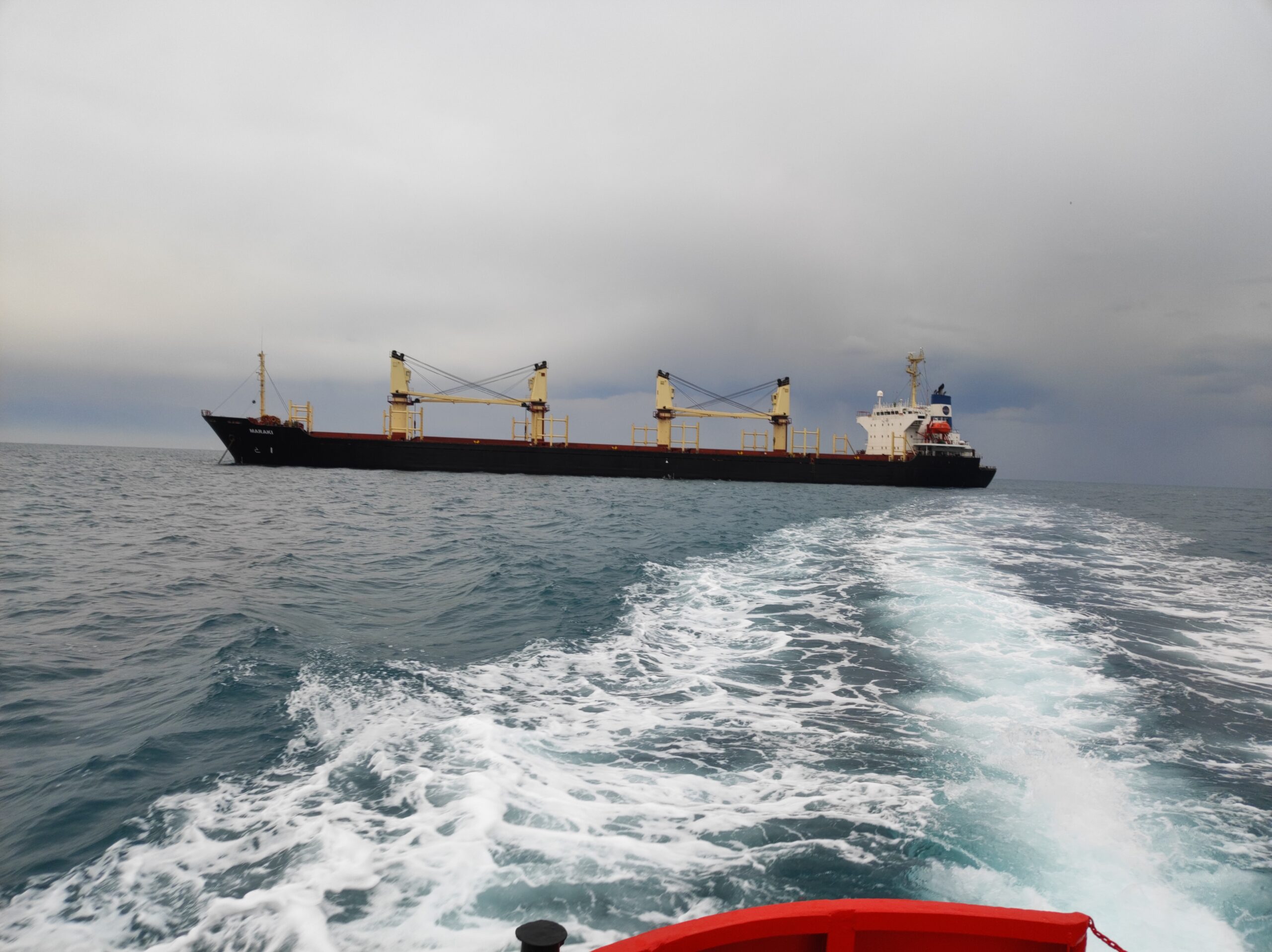On-Deck Shipments: Risks, Regulations & Best Practices in Maritime Logistics
On-deck shipments involve transporting cargo on a vessel’s open deck, exposing goods to weather and sea risks. This guide covers key considerations, legal frameworks (e.g., UCP 600), and strategies for safe, compliant operations.
What is On-Deck Shipment?
On-deck cargo is loaded above deck instead of in enclosed holds. Common for:
- Oversized Items: Wind turbine blades, machinery.
- Perishables: Requiring ventilation.
- Specialized Cargo: Yachts, project cargo.
Key Risks: Weather exposure, shifting during transit, limited insurance coverage.
Legal Responsibilities & Liability
Shipowner Obligations
- Ensure seaworthiness and proper lashing/securing.
- Comply with Hague-Visby Rules (if B/L clauses permit on-deck transport).
- Document cargo stowage in bills of lading (B/L) and charter parties (C/P).
Insurance & Liability Limits
- Carrier Liability: Excluded unless negligence proven (e.g., improper securing).
- Insurer Coverage: Often limited for on-deck cargo; requires explicit clauses.
Types of On-Deck Cargo
| Cargo Type | Examples | Securing Requirements |
|---|---|---|
| Project Cargo | Wind turbines, bridge sections | Custom lashings, braces |
| Yachts/Boats | Luxury vessels | Cradles, anti-corrosion pads |
| Containers | Oversized containers | Twist locks, cell guides |
| Breakbulk | Steel coils, lumber | Dunnage, steel straps |
UCP 600 Compliance for On-Deck Shipments
Article 26 Rules:
- Transport documents cannot state “goods will be on deck” (banks reject such B/Ls).
- Documents may state “goods may be on deck” if credit allows.
- Exceptions: Perishables/hazardous materials requiring on-deck stowage.
ICC Opinion TA827rev
- Copies of B/Ls aren’t deemed non-compliant under UCP 600.
- Always mark perishable on-deck cargo; reject B/Ls if credit prohibits it.
Best Practices for Safe On-Deck Transport
- Secure Stowage: Use lashings, twist locks, and dunnage to prevent shifting.
- Weather Protection: Tarpaulins or waterproof covers for sensitive cargo.
- Crew Training: Regular drills on securing techniques and risk assessment.
- Documentation: Clearly state on-deck status in B/Ls and C/P agreements.
- Inspections: Pre-departure and mid-voyage checks for lashing integrity.
FAQ: On-Deck Shipment Essentials
Q: Is on-deck cargo covered by marine insurance?
A: Limited coverage unless explicitly included in the policy.
Q: How does UCP 600 affect letters of credit?
A: B/Ls must avoid definitive on-deck statements unless permitted by the credit.
Q: Can carriers avoid liability for on-deck cargo damage?
A: Yes, if stowage complies with contractual terms and no negligence is proven.
Conclusion: Mitigating On-Deck Risks
On-deck shipments offer flexibility for bulky cargo but require meticulous planning. Prioritize:
- Compliance: Align with UCP 600 and Hague-Visby Rules.
- Safety Protocols: Robust securing and crew training.
- Transparency: Clear B/L terms to avoid disputes.




